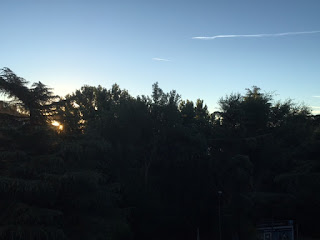Miten tehdään maailman parasta fysioterapiaa?

Otsikko on peräisin erään kollegani ja minun käymästä keskustelusta. Mietimme omaa työtämme, miten sitä teemme, miten kohtaamme asiakkaan ja miten kyseisellä asiakkaalla olisi mahdollisuus saada maailman parasta fysioterapiaa. Oma, aito tahtomme on osata auttaa jokaista asiakastamme parhaalla mahdollisella tavalla. Fysioterapian vaikuttavuus ja kustannustehokkuus on mielestäni myös riippuvainen jokaisesta meistä. Terapian tarve ja tavoitteet tulee osata arvioida kriittisesti ja jokaiselle asiakkaalle yksilöllisesti. Hieman tietysti provosoivaa tuo "maailman paras", mutta se kertoo siitä, miten mahtavaa on ollut päästä tekemään työtä, josta todella tykkää ja haluaa tehdä sen parhaalla mahdollisella tavalla. Neurologinen kuntoutus on ollut jo jonkin aikaa oman työni intohimon kohde ja nyt olen hiljalleen löytänyt enemmän aikaa tutustua tutkimuksiin ja kahlata työhöni sopivia artikkeleita. Tämä on antanut paljon uutta myös käytännön työhön. Liikkeelle ja liikkumattomuudelle, ...


